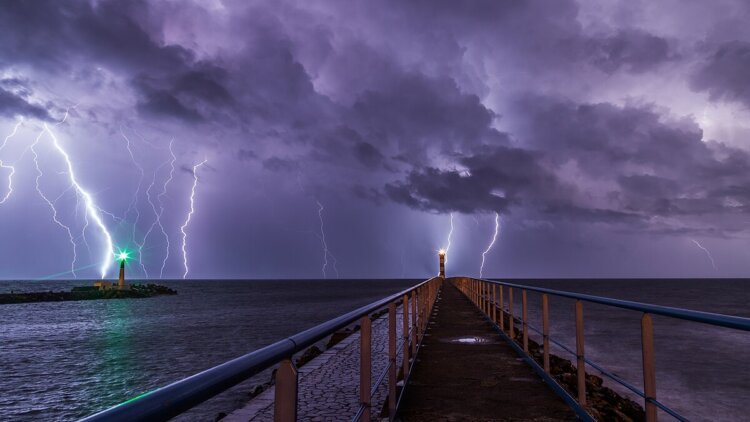For over two and a half centuries, scientists have been trying to understand what exactly triggers a lightning strike. Now, a research team led by Professor Victor Pasko at Penn State’s School of Electrical Engineering and Computer Science claims to have solved this electrifying mystery.
Their study uncovers the secret chain reaction that takes place inside storm clouds moments before lightning hits the ground. According to Prof. Pasko, “Our discovery provides the first data-backed explanation of how lightning is naturally generated. It connects the physics of X-rays, electric fields, and energetic electron waves in the atmosphere.”
The process works much like an invisible pinball machine in the sky. Powerful electric fields inside storm clouds accelerate electrons, causing them to collide with gas molecules like nitrogen and oxygen. This collision creates bursts of magnetic radiation—commonly known as X-rays—and releases even more electrons and high-energy photons (light particles).
Eventually, this cascade of energy builds up to the point where a massive electric spark—what we see as a lightning bolt—shoots from the cloud to the ground. In fact, the air around the strike heats up to five times the temperature of the Sun’s surface.
Scientists have long known that during storms, positively charged protons move upward while negatively charged electrons travel downward, creating a strong electric field between the cloud and Earth. When this field becomes intense enough, a connection forms—and that’s when lightning strikes.
Doctoral researcher Zaid Parvez, part of the study, said they used advanced mathematical modeling to simulate the exact atmospheric conditions that lead to lightning. Their work also sheds light on “dark lightning”—bursts of invisible X-rays that occur without the bright flash we normally associate with storms.
These gamma-ray flashes, sometimes known as terrestrial gamma-ray flashes (TGFs), can emerge even in areas that appear dark or quiet, suggesting that intense radiation is sometimes hidden from the naked eye.
The study was published this week in the Journal of Geophysical Research.



